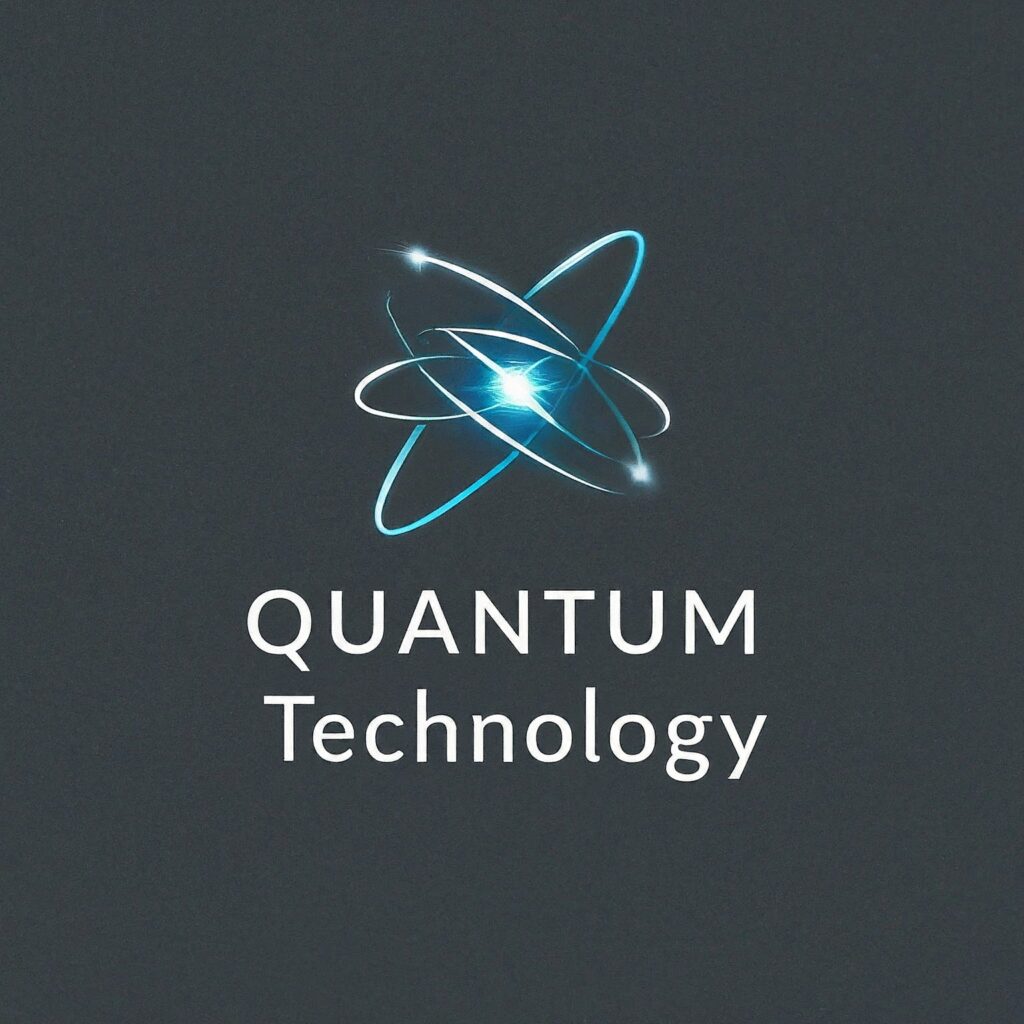In a major stride toward strengthening India’s cybersecurity infrastructure, researchers have unveiled a breakthrough in quantum technology: a high-speed Quantum Random Number Generator (QRNG) that leverages optical phase fluctuations to produce truly unpredictable random numbers—an essential element for unbreakable encryption. This cutting-edge advancement is poised to play a transformative role in safeguarding national security, digital transactions, cloud services, defence communications, and next-generation cyber-physical systems.
Random numbers form the foundation of modern cryptography, determining the strength of encryption keys that protect everything from ATM transactions and online banking to military communication links. Conventional methods, which rely on algorithms or classical physical processes, often fall short in guaranteeing absolute randomness. They remain vulnerable to prediction, tampering, and long-term cryptographic attacks. With the rapid evolution of quantum computing—capable of breaking classical encryption schemes—there is a growing urgency for quantum-secure, tamper-proof random number generation.
This is where the new QRNG stands out. Built around the principle that the quantum world is fundamentally unpredictable, the device taps into inherent quantum noise arising from the phase fluctuations of laser light. These fluctuations are impossible to model or forecast, making them a perfect natural source for generating true randomness. By using a polarization-sensitive Michelson interferometer, the system converts imperceptible phase variations into measurable intensity fluctuations, which are then digitized to produce high-quality random bits.
According to the project team, the innovation addresses two major challenges in quantum random number generation: speed and stability. Traditional QRNGs often struggle to maintain high bit rates due to limitations in detection speed, noise filtering, or processing overheads. The newly developed system overcomes these hurdles through clever engineering and optimization of the optical path, detector bandwidth, and signal processing pipeline.
The key innovation lies in the phase-difference amplification technique, which allows even tiny fluctuations in the laser’s phase to be extracted with high fidelity. This is achieved by balancing the interferometer arms precisely and using low-noise avalanche photodetectors (APDs) to capture the weak interference signals. The researchers have also integrated a high-speed analog-to-digital converter (ADC) controlled by a custom FPGA module, ensuring that the raw quantum noise is captured and processed in real-time without distortion. The result: an exceptionally fast and robust QRNG capable of generating random numbers at rates exceeding several gigabits per second.
Such high throughput is crucial for modern cybersecurity systems, which demand enormous quantities of random bits for secure key generation, authentication, and communication synchronization. Applications include Quantum Key Distribution (QKD) networks, secure VPN tunnels, cloud encryption, and secure mobile communication platforms.
What sets this research apart is its emphasis on national security applications. India’s cybersecurity needs are expanding rapidly, with threats targeting critical infrastructure such as power grids, satellites, hospitals, defence installations, and government networks. Existing encryption frameworks, mostly built on classical mathematical problems such as RSA or Elliptic Curve Cryptography, may become obsolete once large-scale quantum computers become operational. The new QRNG provides a forward-looking alternative, compatible with both post-quantum cryptographic protocols and quantum communication systems.
The project aligns strongly with the Government of India’s National Quantum Mission (NQM) and the vision of creating quantum-resilient digital infrastructure. The fact that the technology is being developed domestically offers a strategic advantage, reducing dependence on imported cryptographic hardware, which often suffers from trust issues and potential backdoor vulnerabilities. Indigenous development ensures transparency, control, and, crucially, national sovereignty over critical security technologies.
Beyond national security, the QRNG could find widespread use in the commercial sector. Banks, fintech companies, e-commerce platforms, data centers, and telecom operators are increasingly adopting quantum-safe protocols. High-speed QRNG modules can be integrated into existing hardware security modules (HSMs), IoT devices, and 5G/6G network elements, strengthening transaction security and user privacy. Even consumer applications such as password generators, gaming fairness systems, blockchain platforms, and secure messaging apps can benefit from true quantum randomness.
Another remarkable aspect of the project is its practicality. Many quantum technologies require ultra-cold temperatures, exotic materials, or large laboratory setups. In contrast, this QRNG operates at room temperature, uses readily available optical components such as diode lasers and interferometers, and can be miniaturized into a compact, chip-level device. Researchers are already exploring the possibility of integrating the system onto a photonic chip, further reducing its size and increasing reliability.
The research team highlights that extensive testing has been performed to assess randomness quality using global standards such as NIST SP 800-22, DieHarder, and TestU01. Early results show that the generated bit streams pass all statistical randomness checks with excellent margins, confirming the integrity and unpredictability of the output.
There are also plans for collaboration with government agencies, defence labs, and cybersecurity firms to commercialize and deploy the QRNG in mission-critical environments. If successful, this technology could become a cornerstone of India’s future digital security architecture.
As cyber threats continue to grow in sophistication, the need for quantum-secure solutions becomes more pressing. With the development of this high-speed QRNG, India is taking a decisive step toward building a resilient, future-ready cybersecurity backbone—one that leverages the power of quantum physics to protect national interests. This breakthrough not only strengthens the nation’s digital defense but also positions India as a leading innovator in the global quantum technology landscape.
In the coming years, such homegrown quantum advancements are expected to play a vital role in securing communication networks, enabling trusted digital services, and ensuring privacy for millions of citizens. The development of this QRNG marks a significant milestone in India’s journey toward achieving technological self-reliance in cybersecurity and quantum communication.
